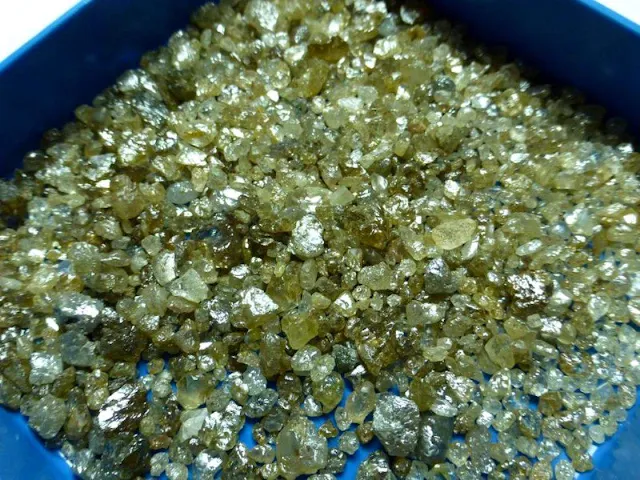Scientists Found a Massive Volume of Water 1,000km Inside Earth
 |
| Scientists Found a Massive Volume of Water 1,000km Inside Earth. Rough diamonds from the Juina region of Brazil. (Graham Pearson/University of Alberta) |
Scientists have found a massive volume of water 1,000km inside of our planet, around a third way to Earth’s core: “This water is much deeper than ever found before, at a third of the way to the edge of Earth’s core.”
A research published by scientists at the French University Jean Monnet has shown what for many years only appeared in science fiction books: oceans of water to unimaginable depths in the interior of the Earth, reports New Scientist.
For Steve Jacobsen, one of the members of the team of researchers, the discovery shows the existence of a reservoir of water much larger than previously believed located inside of our planet.
This amazing discovery was made possible thanks to a strange diamond expelled by a volcano more than 90 million years ago and found near the São Luiz River in the municipality of Juína, in Brazil.
The rock has an imperfection in its structure produced in the first moments of its formation. This natural defect shows an unusual accumulation of “sealed” minerals inside the diamond, which contain hydroxyl ions, a functional group that comes from water.
In addition, the presence of minerals characteristic of the lower terrestrial mantle has allowed scientists to determine the depth of the water deposit.
Scientists believe that this finding will allow us to understand why our planet has tectonic plates and what has been the role of water in its formation and conservation.
According to Jacobsen, this study may help us better understand why Earth is the only planet we know to have plate tectonics.
“If there were no water inside the Earth, the convection of the Earth’s mantle would be inefficient and eventually cease,” explains the researcher.
“The expression on the surface of the convection of the mantle is the movement of plates, the process by which volcanoes are created; and volcanoes have a fundamental role in generating the crust in which we live. Ergo, if the volcanic activity stops, then so will the formation of the crust, generating a chain reaction that would end all planetary activities. ”
The above story is based on materials provided by University Jean Monnet.

%20(1).webp)






